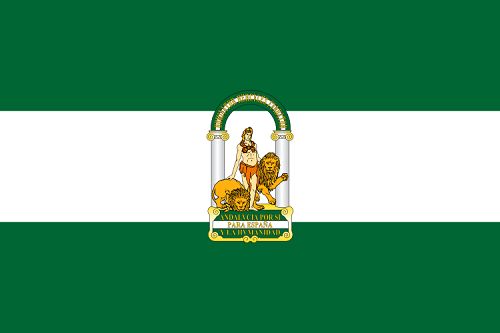Weekend in Spanish: essential vocabulary you need to know

Do you want to improve your Spanish vocabulary? In this post we tell you everything you need to learn to talk about the days of the week and the weekend in Spanish.
Learn the vocabulary related to the days of the week and the weekends to be able to manage in Spanish and ask your friends. So, get ready to learn some very useful words for your day-to-day life and be able to immerse yourself in Spanish customs.
Click here if you want to read this article in Spanish.
Days of the week in Spanish
Let's start with the simplest, the days of the week from Monday to Friday. Do you know any of them already?
Lunes (Monday). We start with the first day of the week: “lunes”. It's like that first sip of coffee in the morning: sometimes it can be hard to swallow, but then you wake up!
Martes (Tuesday). After Monday, comes “martes”. It's like Monday's little brother, but it's a bit easier to handle.
Miércoles (Wednesday). It's Wednesday - the middle of the week! Also known as "hump day" in some places. It means the halfway point of the week and, its literal translation refers to going up a hill, which once you pass it, it's downhill!
Jueves (Thursday). It's almost the end of the week! It's like a preview of what's to come.
Viernes (Friday): Finally, we get to Friday! This word sounds like music to the ears. It is the day everyone looks forward to because it means the beginning of the weekend (fin de semana).
Weekend in Spanish
Finally, we come to the “fin de semana” (the weekend). Two days that are eagerly awaited by almost the entire population: Saturday and Sunday.
Sábado (Saturday). It is the first day of the weekend! It's a perfect day to sleep in, have brunch and enjoy the social or nightlife.
Domingo (Sunday). And then comes Sunday, the last day of the weekend. It is a day to relax or, perhaps, to do a bit of preparation for the week ahead. In short, a day to relax and enjoy.
Remember that in Spanish, both the days of the weeks and the months of the year are written in lower case.
In addition, here are some additional words related to the weekend that you may find useful. With them you will be able to express your weekend plans more concretely in Spanish.
Descansar (to rest). A weekend is a perfect time to relax and take a well-deserved rest. This word is perfect to indicate that you are going to spend the weekend relaxing and without any set plans.
For example: “Voy a descansar, llevo toda la semana trabajando sin parar” ("I'm going to rest, I've been working non-stop all week").
Entretenerse (entertain). During the weekend, you can enjoy various forms of entertainment, such as watching films, going to concerts or visiting museums.
You can say: “Este fin de semana tengo un concierto y voy a ver un partido de baloncesto.Voy a estar entretenido todos los días” ("This weekend I have a concert and I'm going to watch a basketball game. I'm going to be entertained every day").
Salir (go out). You can go out on the weekend to explore the city, dinner at a new restaurant or enjoy the nightlife.
Example: “Este viernes voy a salir con mis amigos por el centro de la ciudad” (“This Friday I'm going out with my friends in the city centre”).
Relajarse (relax). The weekend is a time for relaxation, where you can forget the worries of work and enjoy yourself.
For example: “Este sábado voy a relajarme a un spa con mi pareja” ("This sábado I am going to relax at a spa with my partner").
This vocabulary will help you to be ready to talk about the days of the week and your plans for the weekend in Spanish. Have fun exploring and enjoying your days off!
Examples of how to use this vocabulary
Here are some useful phrases to use with the above weekend vocabulary that can help you understand these concepts in Spanish:
- “¿Qué día es hoy?” (“What day is today?”). Ask what day of the week it is.
- “¡Que pases un buen fin de semana!” (“Have a good weekend!”) Wish someone a good weekend.
- “¡Es viernes!” (“It's Friday!”). Express your excitement for the weekend.
- “¿Qué haces el domingo?” (“What are you doing on Sunday?”). Ask about Sunday plans.
- “Voy a salir el sábado” (“I'm going out on Saturday”) or “Este domingo voy a visitar un museo” (“This Sunday I’m going to visit a museum”). Indicate your weekend plans.
- “¿Cómo ha ido tu fin de semana?” (“How was your weekend?”) Ask about the weekend.
There you have it: basic vocabulary for the days of the week and the weekend in Spanish. Now you can start planning your weekend getaways or just chat about your plans for the week with your friends and with a little more style.
Are you ready to take your Spanish vocabulary to the next level? Learn Spanish in Spain with don Quijote. We are a leading language school with a wide range of immersion programmes, whether you are a beginner or advanced learner, at don Quijote we offer courses tailored to your needs.






























